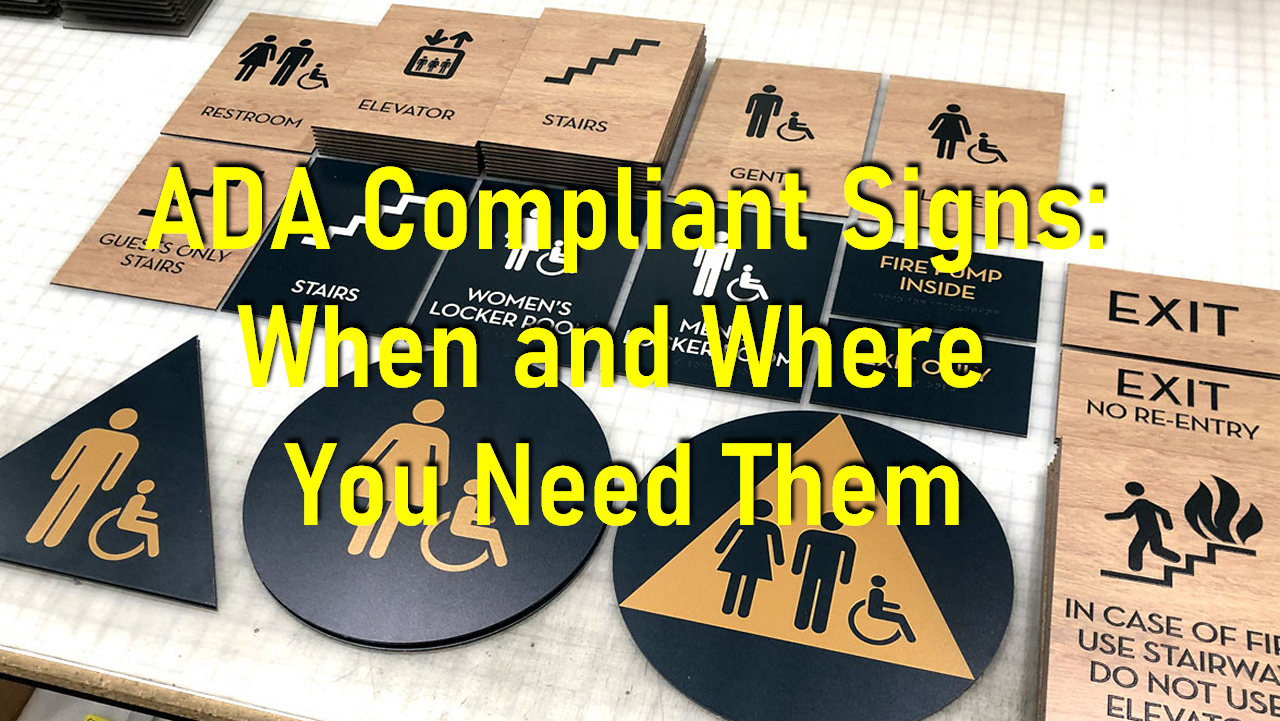
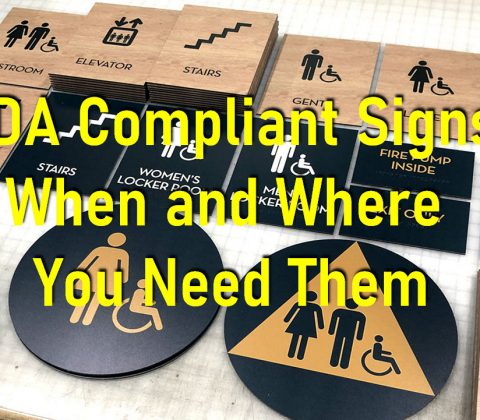
ADA Compliant Signs: When and Where You Need Them
Business and property owners should be aware of the importance and need of ADA signs. True, it is a requirement by the federal government but it also goes a long way with your customers and staff. ADA Compliant signs provide an accessible environment that meets the needs of all.
If your business is located in California, you can read more here about ADA website compliance in California.
Where Do You Need ADA Signs?
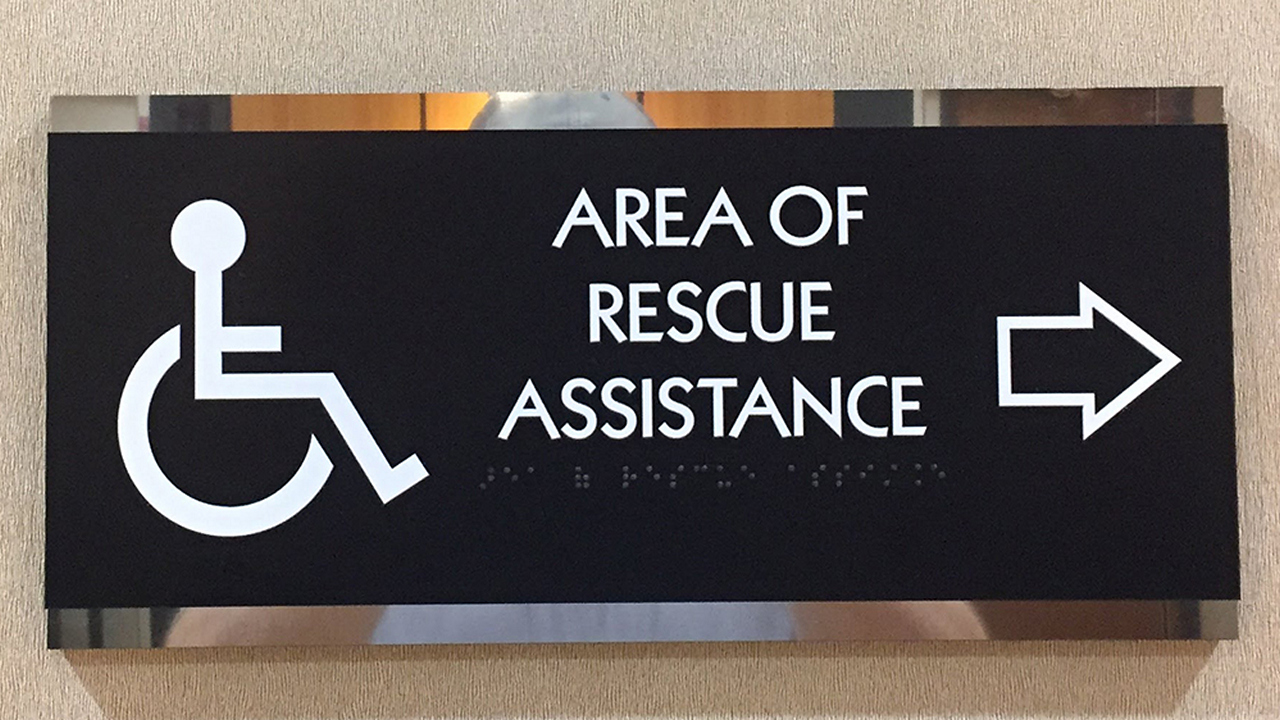
When approached on the issue of ADA signs, this is typically the first question by business owners. The answer lies in section 216.2 of the Americans with Disabilities Act (ADA). ADA signs should be provided for ‘interior spaces that are not likely to change over time’. Examples of such rooms include washrooms and floor numbers.
To determine if a room meets the requirements of section 216.2, consider the fixtures of the room. Washrooms have permanent fixtures and therefore its function cannot be changed that easily.
To further help you in the definition of permanency, we recommend that you read the 2010 ADA Standards for Accessible Design. It provides that proper signs should be installed in rooms that will serve the same use for more than seven days.
https://www.youtube.com/watch?v=y0VmO1S80NQ
Life Safety Signs
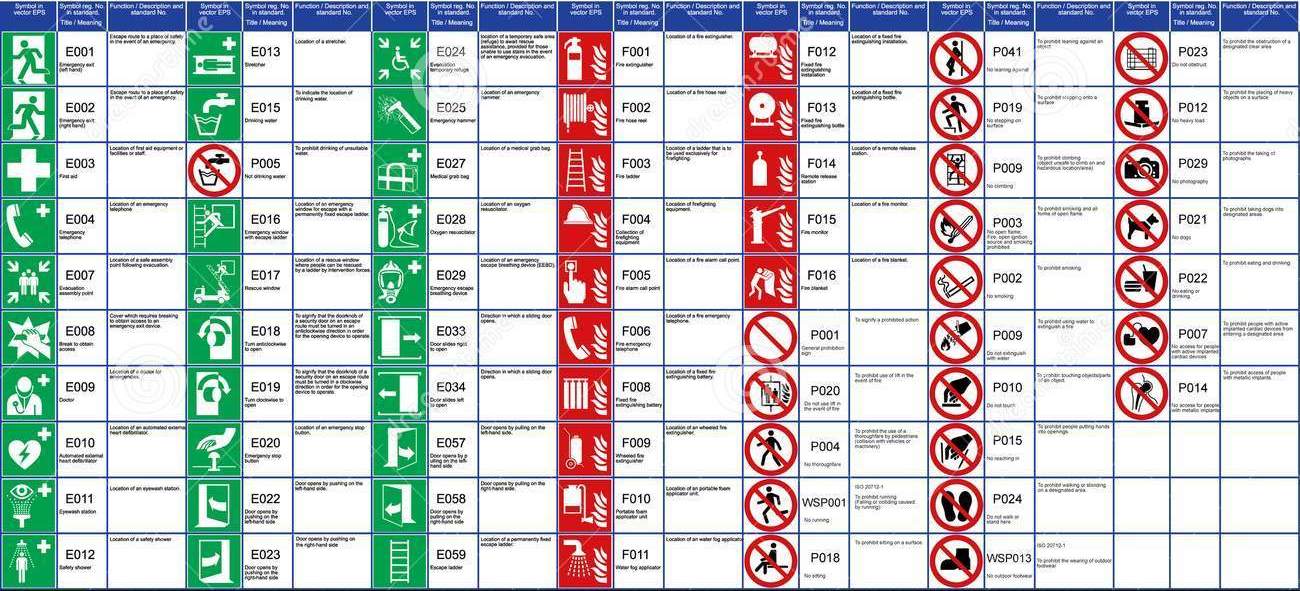
Safety signs are crucial to the operations of the building. During an emergency, they will give directions on how to exit the building, the location of the safety area as well as other restrictions during emergencies. Examples of life safety signs include Emergency exit signs, Fire door signs, and ‘in case of an emergency use stairs’ sign. These signs should be ADA compliant, though it should be noted that not all must be.
Other Rules for ADA Signs Placing
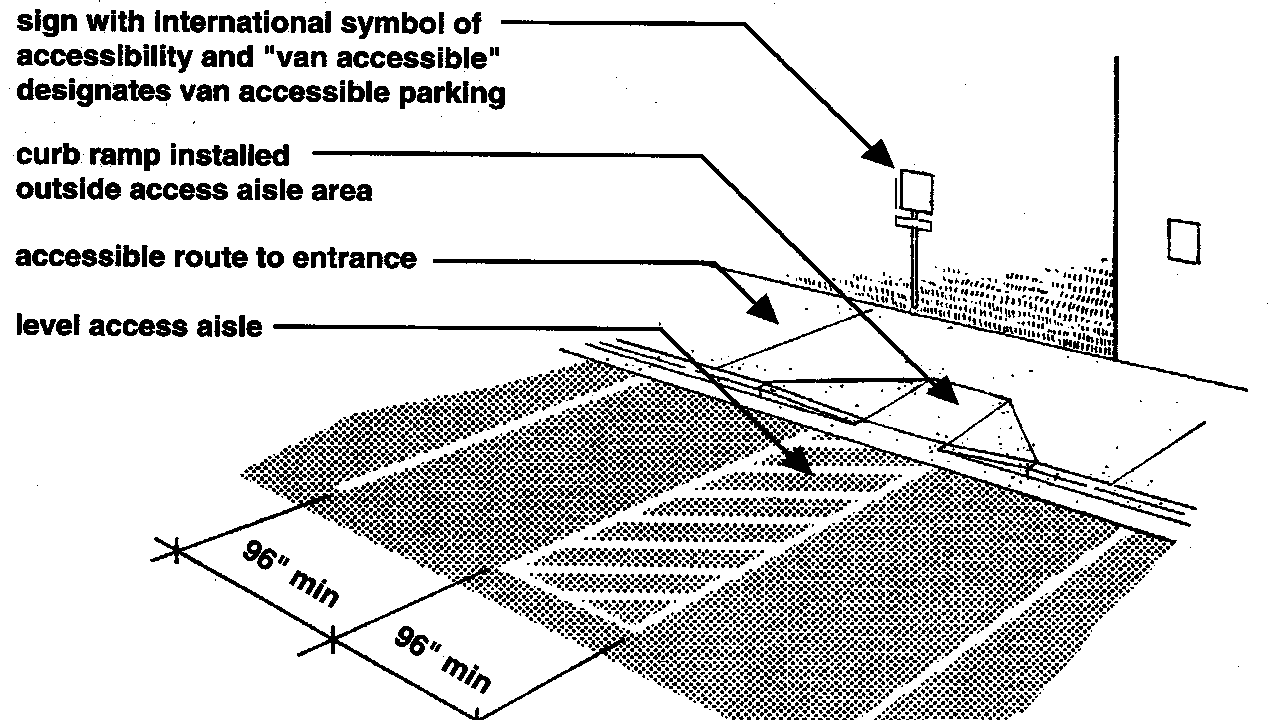
- Signs are not to be mounted on the door that is meant to be identified.
- The recommended placing for ADA signs is not lower than 48 inches (4 feet) and no higher than 60 inches (6 feet) from the floor.
- In the case that there is limited space for an ADA sign, it can be installed on the adjacent wall. The new location should be clearly visible.
Regulations for Creating ADA Compliant Signs
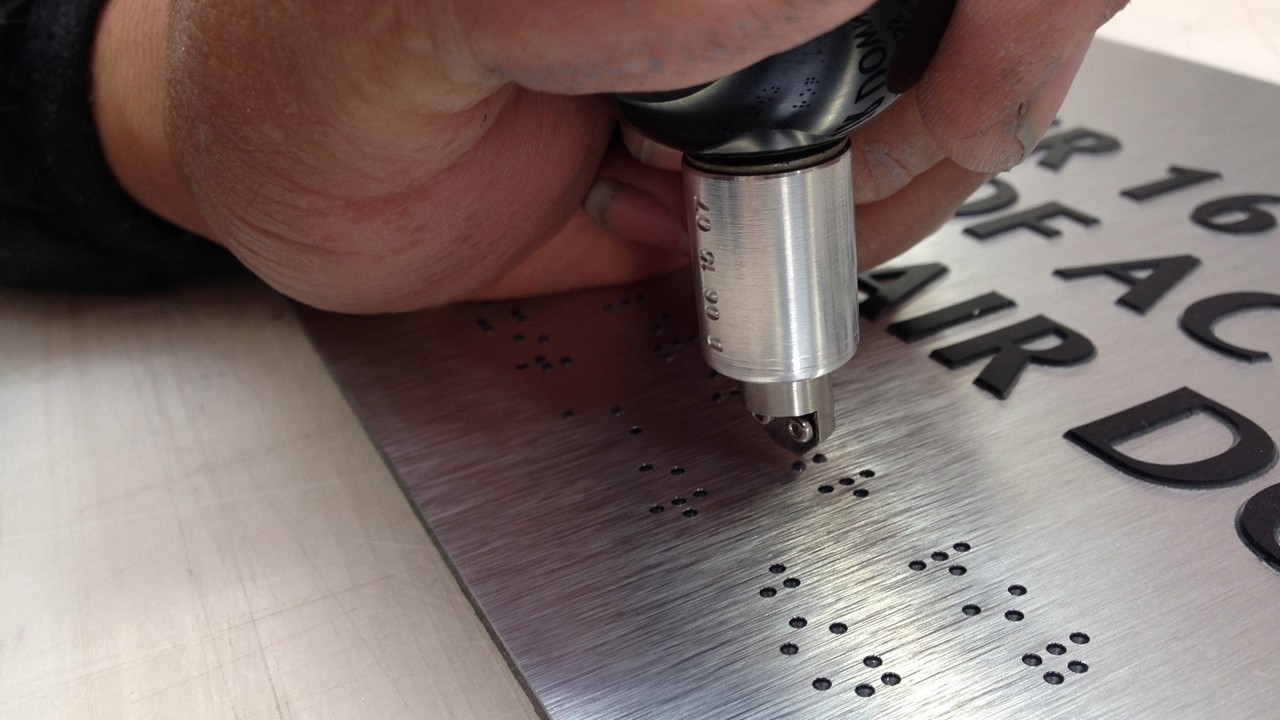
You might choose to outsource the design of ADA-compliant signs or do a DIY. Regardless, you need to be aware of a few regulations of signs’ design:
- High contrast ratio. The content and the background must have contrasting colors.
- Text must be clear and very distinguishable. It should not be in italics or condensed.
- Signs for public areas should be in Grade II Braille. Also, consider the Braille standards in your state. In some, it is more stringent.
- Where applicable, it should include the use of a pictogram.
Conclusion
Don’t think of ADA Compliant signs as an inconvenience. Think of it as a means of targeting a niche market. Also, consider them as a preventative measure of the negative effects of non-compliance. You wouldn’t want to the target of a lawsuit.
https://www.youtube.com/watch?v=uo3vTfBVLHo

Comments are Disabled